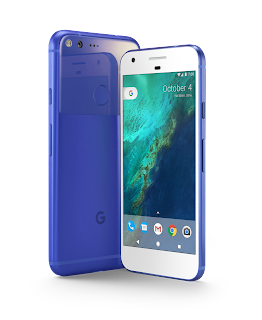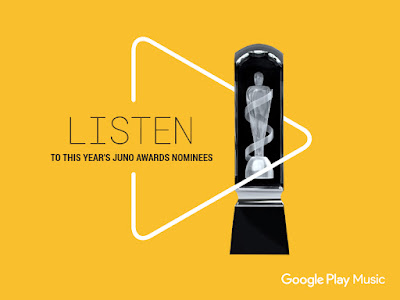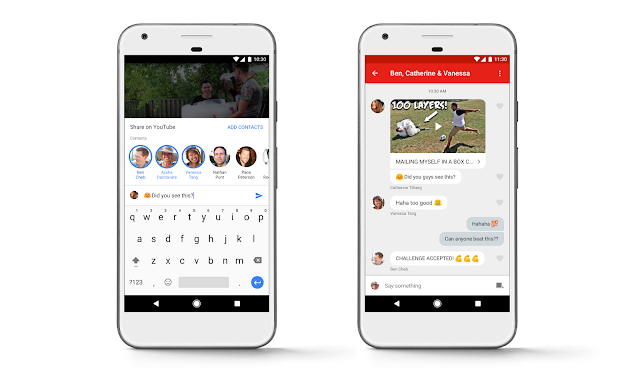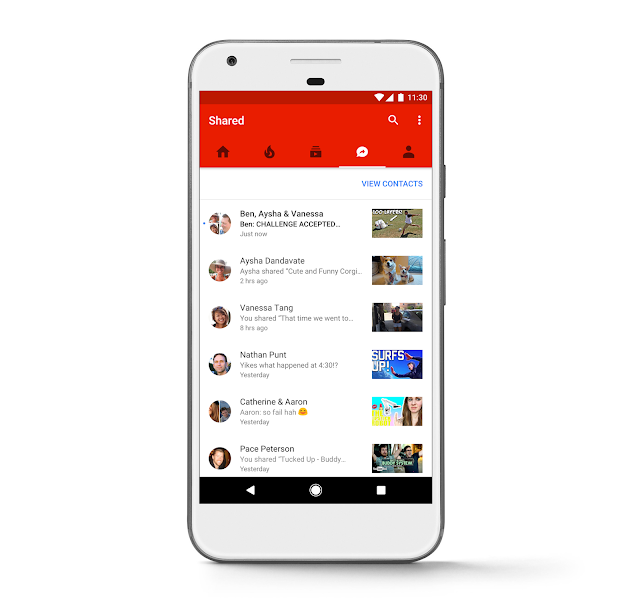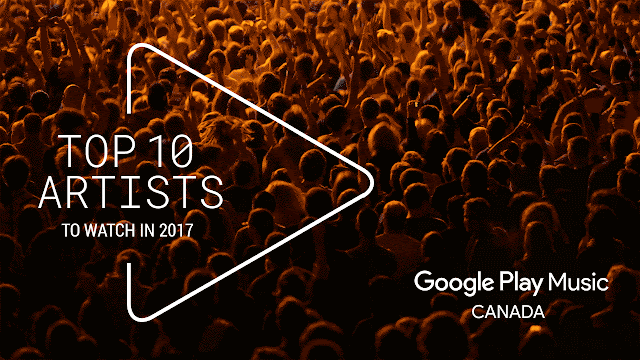It’s not every day that you get a chance to make the world a better place. A few months ago we kicked off the first Google.org Impact Challenge in Canada - a nationwide competition to find and fund the most innovative nonprofits that are using technology to tackle tough social problems both in Canada and internationally.
We were bowled over by the response - more than 900 Canadian nonprofits shared their best ideas with us.
Today, we’re announcing the finalists in the competition and giving Canadians a chance to vote on their favourite project to win a $750,000 grant from Google.org.
The ten projects we have selected are all exciting and innovative applications of technology to solve big problems with the potential to scale. From growing fresh food in the Arctic to providing a bird’s eye view of disaster zones to changing the way we diagnose disease in the developing world, these are bold ideas that highlight both Canada’s talent for innovation and our culture of helping others.
The Finalists:
- British Columbia Children’s Hospital - Globally, pneumonia is the single largest cause of death among children under 5. The PocketDoc for Pneumonia is a mobile platform to accurately diagnose pneumonia in the developing world and save children’s lives.
- The Rumie Initiative - Only 40% of students on indigenous reserves graduate from high school, compared to 90% of students in the rest of Canada. The LearnCloud Portal is an offline, tablet-based curriculum to help high school students learn about Indigenous culture, history and language while gaining employment skills and financial literacy.
- GlobalMedic - In the chaos after an earthquake or a tsunami, every minute counts. The RescUAV project will use Canadian-made Unmanned Aerial Vehicles to fly over disaster areas, allowing emergency responders to see the terrain they are heading into and help them get aid to where it’s needed most.
- Food Banks Canada - Each year, close to $31 billion of food is wasted in Canada, yet nearly one in ten Canadian households have to worry about whether they have food on the table. The FoodAccess App divert surplus quality food away from landfill by connecting farmers, manufacturers and restaurants with donation agencies and Canadian dinner tables that might otherwise go empty.
- World Wide Hearing Foundation International - Globally, 32 million children suffer from significant hearing loss, the majority of whom live in countries where access to hearing care can be a significant barrier. The Teleaudiology Cloud will connect children living in remote communities with audiologists and speech therapists who can assist with remote screening, hearing aid fitting, speech therapy and parent counselling.
- Arctic Eider Society - With Arctic sea ice declining at over 13% per decade, changing conditions make navigation unpredictable and limits access to traditional foods for Arctic communities. The SIKU platform will provide a set of open-source tools that help Inuit communities map changing sea ice, and build a living archive of Inuit knowledge to help inform decision making for stewardship and sustainable development.
- Victoria Hand Project - Only 5% of the 40 million people who need prosthetic care can access the resources they need. The Victoria Hand Project will provide affordable 3D-printed prosthetics in low-to-mid income countries.
- PeaceGeeks Society - It can take up to ten years for the employment rate of recent immigrant cohorts to reach the equivalent rates for those born in Canada. With information provided in their native language, Services Advisor is an application aimed at welcoming new Canadians to our shores, making it easier for newcomers to access immigrant services like mentorship and employment skills.
- Growing North - In Nunavut, nearly 70% of adults are food insecure - meaning they lack reliable access to a sufficient quantity of affordable, nutritious food. Growing North addresses food insecurity issues by building greenhouses that will provide fresh produce all year round in latitudes above the Arctic Circle at about half of the present cost.
- Canadian Red Cross - The Register Educate Deliver System (REDS) system will take a pilot project developed in the days following the Fort McMurray Wildfire and scale it so it’s ready for the next big disaster. The program registers those affected, shares critical information about how to respond, and quickly delivers financial assistance into the hands of Canadians when they need it most.
And now it’s YOUR turn to have a say. Head over to g.co/canadachallenge to learn more about the finalists, and to vote for the projects that you care about most.
Voting opens today and you have until March 28 to select your favourite projects. One of our winners will be chosen based on this public vote to receive a $750,000 grant from Google.org. The remaining winners will be selected by our expert panel of judges during a live pitching session on March 30.
We created the Google.org Impact Challenge because we truly believe that technology has the power to transform lives. Together, let’s make a better world, faster.
Posted by Sam Sebastian - VP, Google and Country Director, Canada
